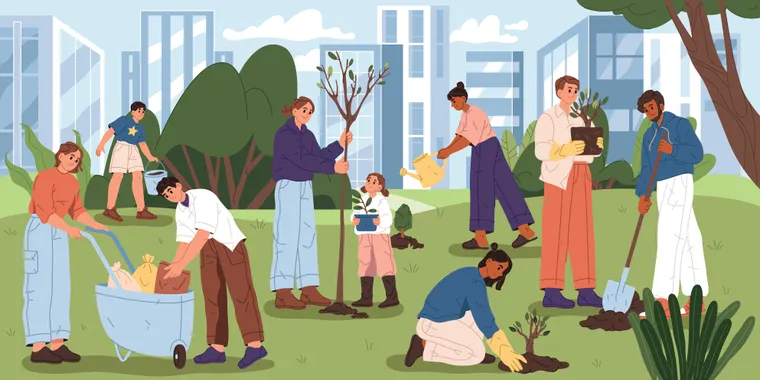Balancing the needs of workers, communities, and land
As the world transitions from fossil fuels to cleaner, renewable energy sources, the concept of a "just transition" has gained prominence as a framework for ensuring the shift is fair and equitable. At its core, just transition seeks to balance the needs of three critical areas: impacted workers, impacted communities, and impacted land.


